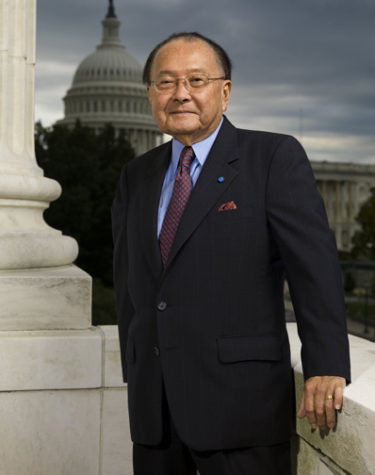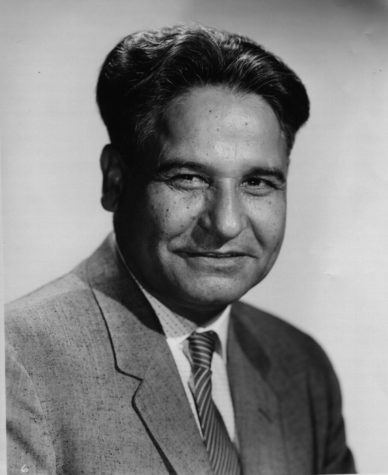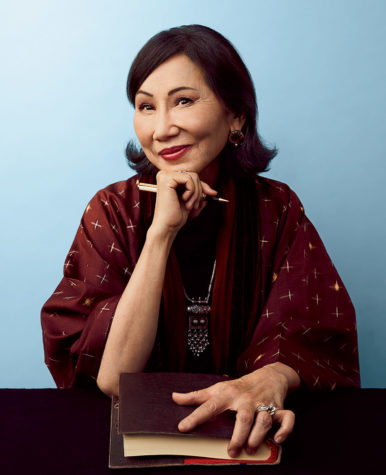What is AANHPI?
AANHPI stands for Asian American and Pacific Islander Heritage Month. Following United States bicentennial celebration in 1976, congressional staffer Jeanie Jew approached representative Frank Horton about the idea of designating a month to recognize Asian Pacific Americans. President Jimmy Carter signed a joint resolution for the celebration on October 5th, 1978. Later in 1990, George H.W. Bush signed a bill passed by Congress which extended Asian American Heritage Week to a Month. By 1992, May was officially designated as Asian Pacific American Heritage Month. May was chosen as it commemorates the migration of the first immigrants from Japan to the United States on May 7th of 1843, and to celebrate the completion of the transcontinental railroad by over 20,000 Asian Immigrants on May 10th of 1869.
Asian American and Pacific Islanders are classified as people of Asian descent, “having origins in any of the original peoples of the Far East, Southeast Asia, or the Indian subcontinent”, which includes but is not limited to China, Japan. Thailand, Malaysia, Korea, India, Cambodia, Vietnam, or the Philippines. Pacific Islanders are also people who descended from the islands of Polynesia, Micronesia, and Melanesia. This would include people from Native Hawaii, Samoa, Tahiti, Guam, Fiji, and Papua New Guinea.
Important figures
 There were many who were critical to the AANHPI community making significant contributions in various fields. Focusing on an extremely small sample of the important individuals Daniel K. Inouye, Dalip Singh Saund, and Amy Tan were named important figures through activism, politics, and literature. Daniel K. Inouye, was a Japanese American politician who served as a United States Senator from Hawaii from 1963 until his death in 2012. During his lifetime he advocated for Hawaiian and AANHPI interests; as a World War II veteran he would receive the Medal of Honor for his bravery. Dalip Singh Saund was the first Asian American elected to the United States Congress, during his term from 1957 to 1963 he would fight for the rights of immigrants working towards ending discriminatory laws. Last but not least, Amy Tan, a Chinese American author educated many through her novels which explored themes of cultural identity, family dynamics, and immigration experiences. These are just a few of the many others who contributed towards the advocacy and final establishment of AANHPI, yet no role is too small.
There were many who were critical to the AANHPI community making significant contributions in various fields. Focusing on an extremely small sample of the important individuals Daniel K. Inouye, Dalip Singh Saund, and Amy Tan were named important figures through activism, politics, and literature. Daniel K. Inouye, was a Japanese American politician who served as a United States Senator from Hawaii from 1963 until his death in 2012. During his lifetime he advocated for Hawaiian and AANHPI interests; as a World War II veteran he would receive the Medal of Honor for his bravery. Dalip Singh Saund was the first Asian American elected to the United States Congress, during his term from 1957 to 1963 he would fight for the rights of immigrants working towards ending discriminatory laws. Last but not least, Amy Tan, a Chinese American author educated many through her novels which explored themes of cultural identity, family dynamics, and immigration experiences. These are just a few of the many others who contributed towards the advocacy and final establishment of AANHPI, yet no role is too small.


Celebration month
Chosen by the Federal Asian Pacific American Council (FAPAC), this year’s theme was the continuation of the Advancing Leaders series which began in 2021; the theme is: Advancing Leaders Through Opportunity. Throughout May, cultural festivals, workshops, film screenings, art exhibitions, and community events would take place. Even by visiting national parks one would be able to explore the stories of Asian American’s heritages. Asian immigrants and their descendants have a long and rich history in the United States. From immigration to exclusion, resistance, and the establishment of a heritage month, their struggles and triumphs highlighted not only the need for such a month but also the pursuit of the American dream.

